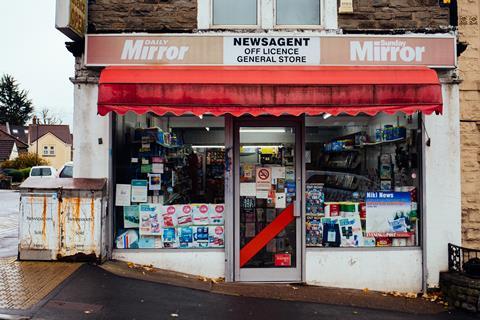
Shopper behaviour changed the minute there were whispers of a possible lockdown in the UK. We all know this: we don’t need to detail the panic buying, stockpiling, lengthy queues or mid-aisle bickering. However, what we haven’t yet dared to address is what the retail landscape may look like, or, more importantly, how it will have changed once we (finally) emerge from the grasps of coronavirus.
Online and convenience have both experienced strong increase in demand during the pandemic, but what will we all do in the new world? When assessing a country of this size and variance in terms of living situation and income disparity, it is difficult to form a definitive opinion as to how the future will play out. However, it is a discussion that benefits from further exploration.
Firstly, we need to question how shopper behaviour post-coronavirus may change. On the one hand, it’s not unreasonable to assume that after many long months of being confined to bedrooms, flats and houses, patrons will flood to pubs and restaurants for as many meals as they can. This seems entirely plausible, until we realise that social distancing has embedded in us a sense of concern at anything less than a two-metre proximity to the general public.
On the other hand, it’s likely the pandemic has changed the way we consume food, with many learning the joys of cooking and its benefits, namely on our waistlines and wallets. Which will be the bigger factor?
Many have gone so far as to assume that the surge in online will forever change the way we interact with supermarkets and retail. To cope with the level of demand, retailers have quickly and heavily invested in operations, with Tesco hiring 10,000 drivers among 45,000 new staff and purchasing more refrigerated delivery trucks – none of which comes cheap. How can retailers manage this growth profitably? Do we even call it growth if it’s unsustainable? With free delivery or minimum costs across retailers, and taking into account the time it takes to process an order – pick it, pack it, drive it, deliver it – is it worth it?
On the contrary, there is a solid argument for the sustained nature of convenience. For those of us sitting the pandemic out in the cities, convenience stores have been a godsend. Without means to travel or patience to stand in line for hours, a daily trip to the convenience supermarket has more than sufficed. However, they can be more expensive and limited ranges can make it near impossible to get every item on the shopping list. Many people simply don’t have the luxury of a main estate store nearby or the willpower to wait for groceries to be delivered six weeks later.
It’s impossible to conclude which path we will see retail take once this is over. One thing that is clear is that frequency, basket size and the mix of online, convenience and large supermarket has shifted: what the ‘new normal’ will look like is still uncertain. Perhaps the real issue to ponder is: is this the end of the main estate supermarket as we once knew it? To be continued.



















No comments yet